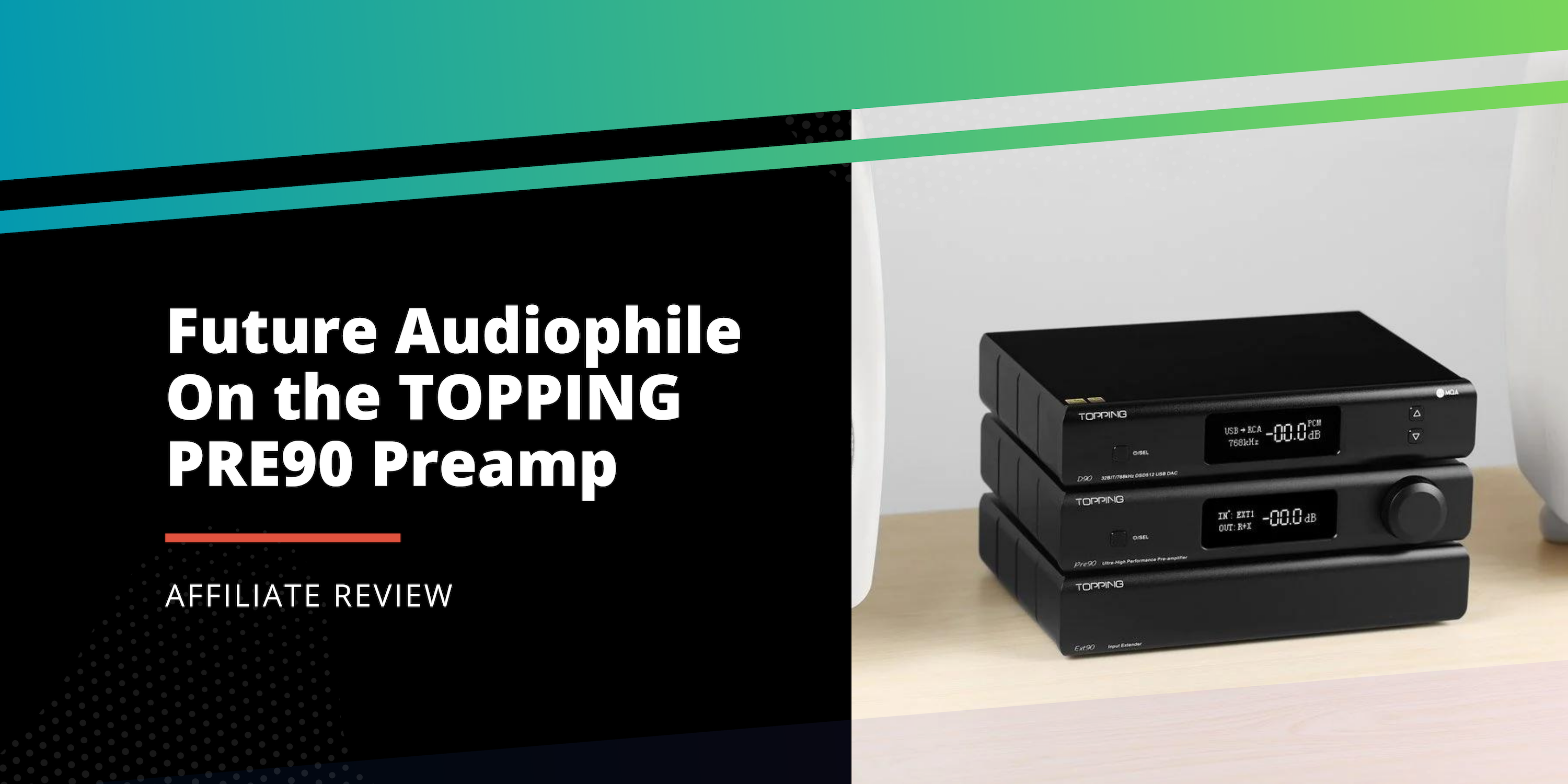
Why Dynamic Range Matters
The Delicate Balance of Loud and Quiet
In the world of sound enthusiasts and audiophiles, Hi-Fi audio is more than just a luxury—it's a necessity. This blog post explores the vital role dynamic range (or DNR) plays in creating an immersive audio experience. By the end, you'll understand why dynamic range should be one of your key considerations when evaluating audio quality.
Understanding the Basics of Dynamic Range
In simple terms, dynamic range in audio refers to the difference between the softest and loudest sound in a recording. It’s like the range of colors an artist has on their palette. The wider the dynamic range, the greater the variety of hues to work with, leading to a more vibrant and detailed picture—or in this case, a richer and more nuanced sound.
The Impact of Dynamic Range on Sound Quality
A wide dynamic range offers an expansive sonic landscape for audio to unfold. It allows for quiet, subtle sounds to exist alongside loud, intense bursts of audio without distortion. This coexistence of quiet and loud not only adds depth and dimension to the music but also brings out the nuances often lost in compressed audio formats. As a result, the overall listening experience becomes more engaging and true-to-life.
How Hi-Fi Audio Emphasizes Dynamic Range
So, where does Hi-Fi audio come in? Hi-Fi, or High Fidelity, is all about faithfully reproducing the original sound source with minimal distortion or coloration. To achieve this, Hi-Fi audio devices are designed to support a wide dynamic range. This is why amplifiers, digital-to-analog converters (DACs), and other Hi-Fi gear often boast about their ability to handle large dynamic ranges (often written as DNR) without compromising the integrity of the original sound.
The Listener's Experience: How Dynamic Range Transforms Audio
Let's put this into perspective. Imagine listening to a live orchestra. The quietest moment might be a single violin playing softly, while the loudest could be the full orchestra reaching a crescendo. In a live setting, the contrast between these two extremes is part of what makes the experience so emotionally moving. Hi-Fi audio, with its emphasis on dynamic range, strives to replicate this experience as closely as possible, conveying all the emotional depth and complexity of the original performance.
How to Evaluate Dynamic Range When Choosing Hi-Fi Audio Equipment
What number should I be looking for?
When choosing your new audio equipment, understanding the importance of dynamic range and how to evaluate it can make a significant difference in your ultimate listening experience. However, what numbers should you be looking for?
Well, when we talk about dynamic range in Hi-Fi audio equipment, we typically measure it in decibels (dB). A higher number of dB signifies a wider dynamic range, meaning the equipment can handle a greater range of soft and loud sounds without distortion.
Works in a pinch: 60dB
A dynamic range of 60dB could be considered as the minimal acceptable range, especially for less critical listening environments. This means your gear can handle a reasonable variety of sound levels, but the subtleties in very quiet or loud passages may be lost.
Good not great: 90dB
However, for a noticeable improvement in the quality of your music and a more immersive listening experience, you should look for equipment with a dynamic range of around 90dB. This level is generally considered good and can provide a satisfactory audio experience for most listeners.
Great: 120dB+
But if you're really looking to optimize your audio setup for the most lifelike, resonant sound experience, you would want to seek out equipment with a dynamic range of 120dB or more. This range is considered excellent and can deliver a truly high-fidelity listening experience, capturing every nuance from the quietest whisper to the most explosive crescendo.
Remember, while these numbers are useful guidelines, your personal listening experience is also crucial. Always make time to listen to the equipment yourself, trying out a variety of genres and styles of music. Notice the smoothness of the transition between the quietest and loudest parts, and how well the details and nuances are preserved. By combining a discerning ear with a good understanding of dynamic range, you can choose the Hi-Fi audio equipment that brings out the best in your favorite tunes.
Conclusion
In conclusion, dynamic range plays a significant role in Hi-Fi audio, contributing to the overall sound quality and listener's experience. By understanding its importance and how to evaluate it, you can take your music enjoyment to new heights. Next time you listen to your favorite track, pay attention to its dynamic range. You might just discover a depth and richness you never knew existed.


